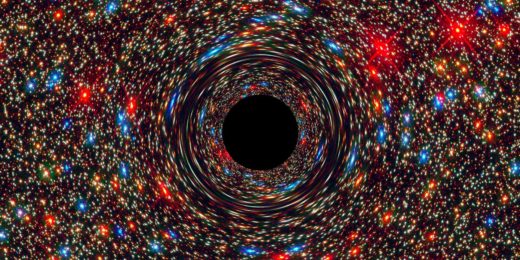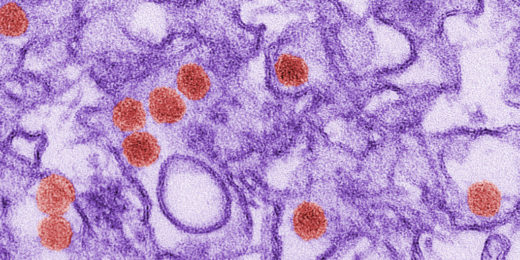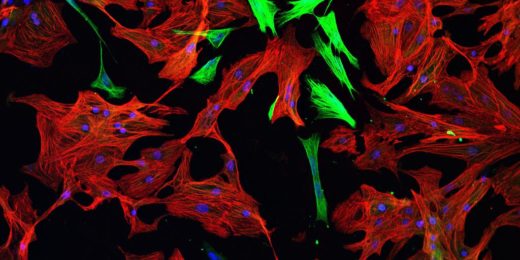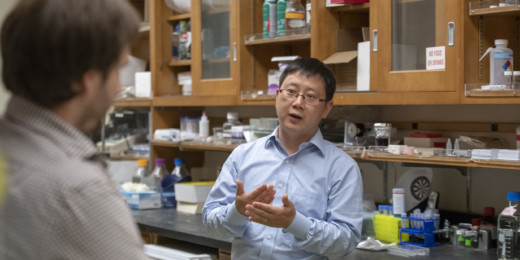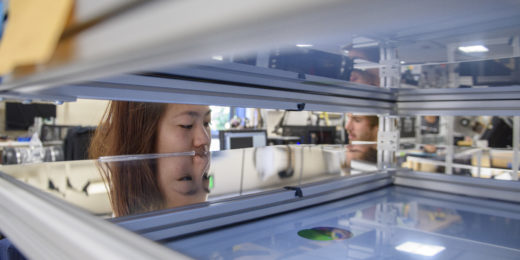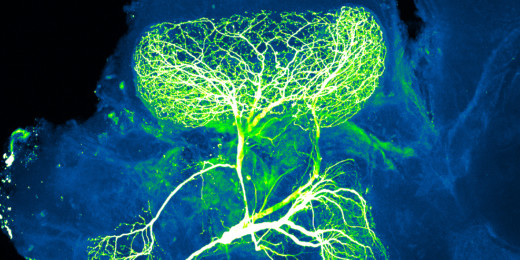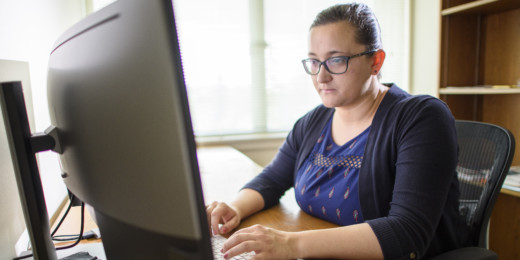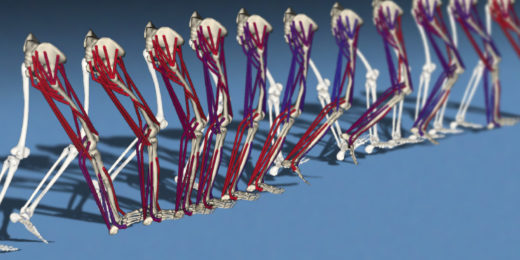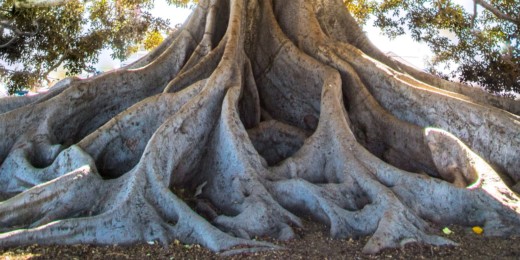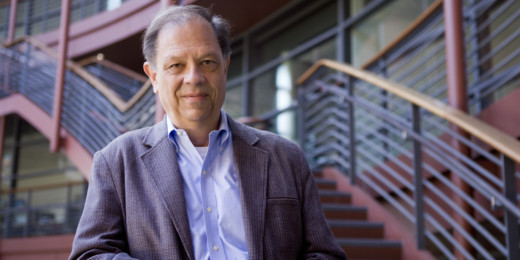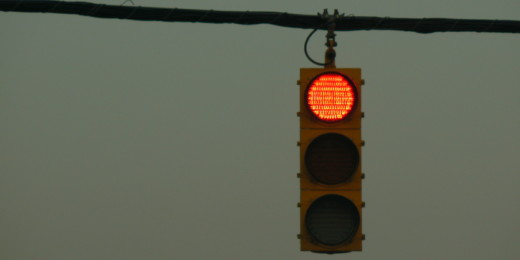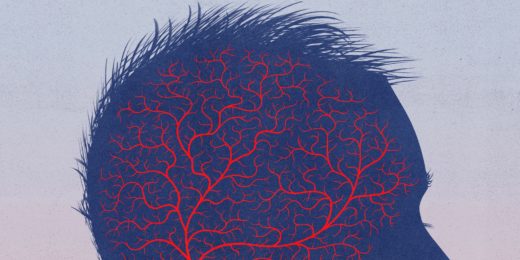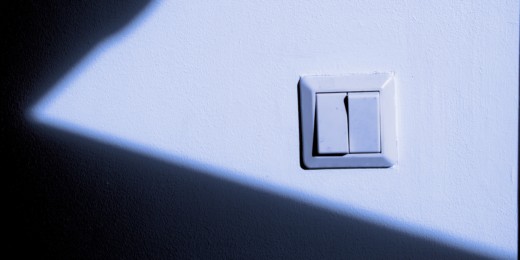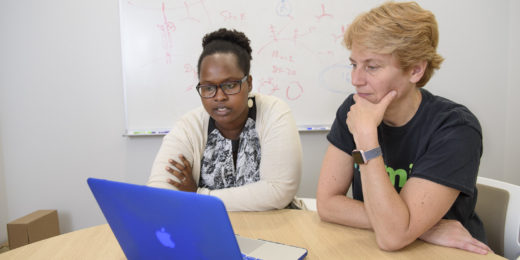Researchers led by Daniel Palanker have discovered that an imaging technique known as interferometry could be used to monitor neuron behavior.
Author: Nathan Collins
Chemists shed light on Zika’s path to infection
New research examines how Zika viruses enter cells and shows that their behavior is different than that of some related viruses.
Researchers design new, flexible electrodes for studying heart cells
A team of Stanford researchers has designed a new flexible "micropillar" electrode to study the behavior of heart cells without affecting their behavior.
How the brain decides what to learn
Stanford researchers have identified that the paraventricular thalamus serves as a kind of gatekeeper that identifies and tracks the most relevant details.
Reaching for new stroke treatments by understanding proprioception
Stroke can affect how we perceive our bodies' positions and movements. Now, mechanical engineers are trying to help to potentially create assistive devices.
A nanoparticle opens new windows into neuroscience and biology
A team of Stanford researchers have developed a nanoparticle that allows them to track molecular signals within a neuron.
What happens when you take a bunch of medications? A new algorithm could help doctors figure it out
Testing the side effects of every drug combination is impractical, but Stanford researchers think they have a better way: artificial intelligence.
Virtual athletes compete to take on a medical challenge
Stanford researchers are hosting an online competition featuring virtual athletes. Their goal: help people learn to walk and run after losing a limb.
New findings on coronary artery formation could change how engineers try to regrow them
A new study shows that the process of turning a group of blood vessel cells into an artery actually requires that they stop growing.
How a Stanford neurobiologist thinks about his faith
William Newsome is a world-class neurobiologist and a Christian. He talked to Stanford News about how his faith helped inspire his interest in the brain and what he sees as the real and imagined tensions between faith and science.
Parkinson’s is more complex than anyone thought, new research suggests
Stanford researchers set out to test a seminal theory of Parkinson’s disease and several related conditions. What they found is more complex than anyone had imagined.
Probing concussion’s complexities with football mouthguards and a whole lot of computer time
Concussion is a serious public health problem, but researchers don't fully understand how they happen or how to prevent them. Now, researchers find, concussion is more complex than previously thought.
Advances offer new hope for stroke survivors
Seventeen million Americans live with the aftermath of stroke, including difficulty communicating, moving around, and taking care of their most basic needs. Now, Stanford researchers are working to give those survivors new hope.
Celiac disease may have an “off” switch, new study suggests
Researchers have found a way to turn off a key driver of inflammation in celiac disease, an autoimmune disease that affects millions of Americans.
A cheaper, faster, more reliable test for TB developed by Stanford researchers
Tuberculosis is a major public health problem worldwide, yet most people lack access to quick, reliable testing. Now, chemists have found a solution.
Kids see words and faces differently
A new study finds that young children’s brains have not yet fully developed the vision circuits they need to understand words and faces.


